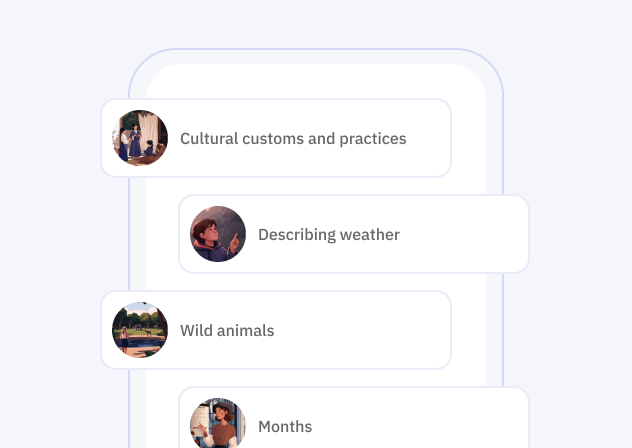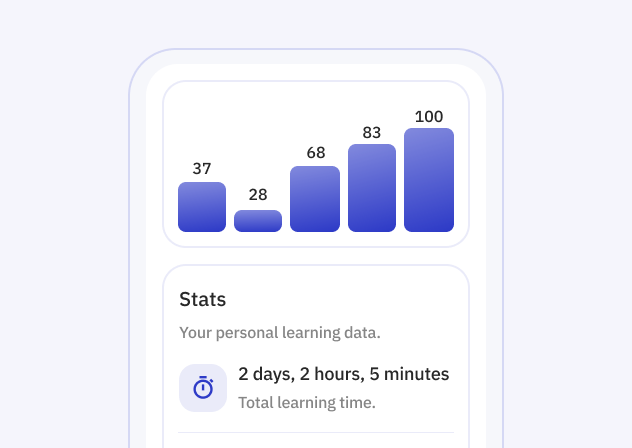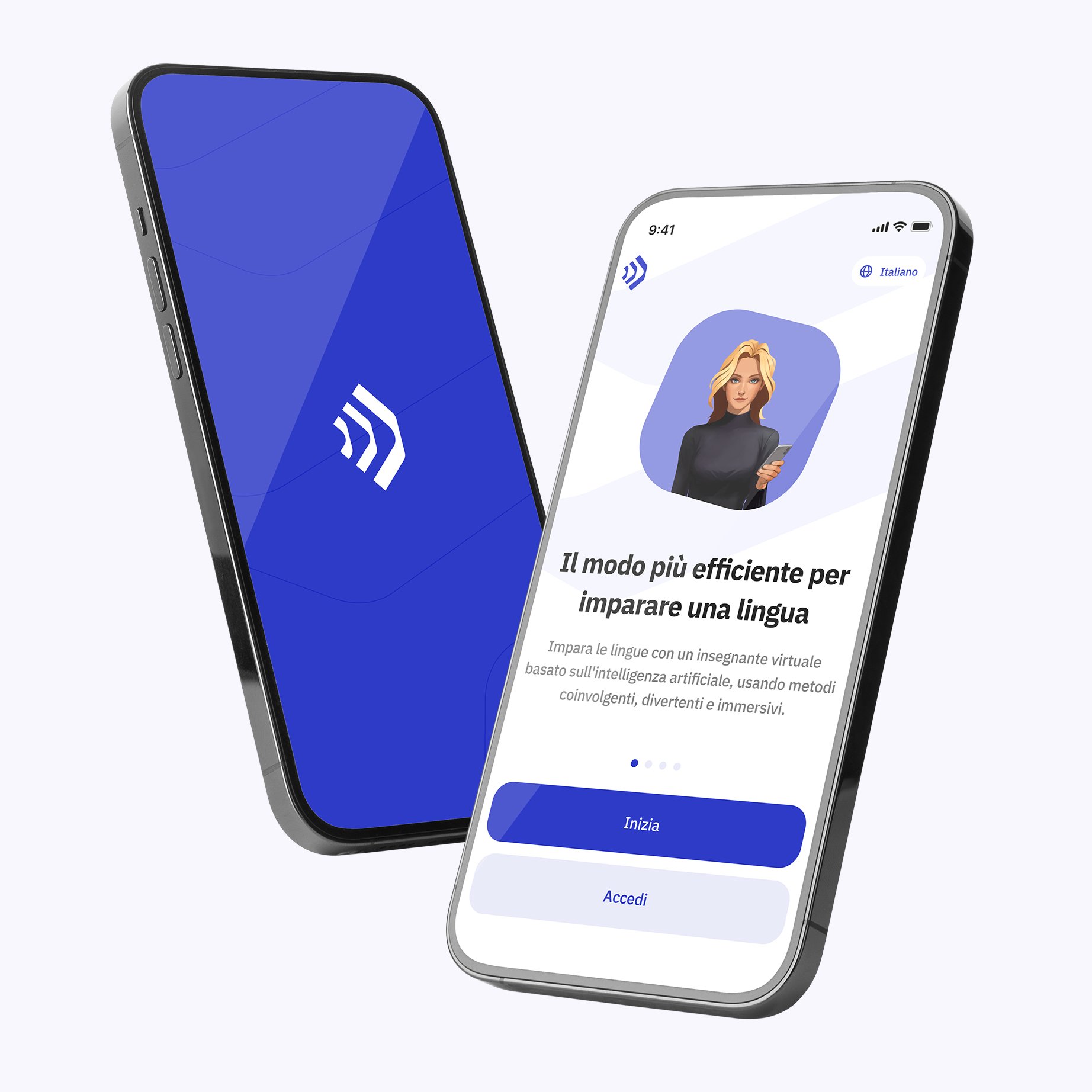Il verbo inglese "simplify" deriva dal latino "simplificare," che significa rendere più semplice. In italiano, il verbo "simplify" si traduce con "semplificare". La definizione di "simplify" è quella di rendere qualcosa meno complicato o complesso, riducendo all'essenziale e eliminando gli elementi superflui. Questo verbo è spesso utilizzato in vari contesti, come la matematica, la comunicazione, l'organizzazione e la vita quotidiana, per indicare l'azione di rendere più comprensibile o gestibile una situazione, un problema o un concetto.
She simplified the equation to make it easier to understand.
We need to simplify our marketing strategy to reach more customers.
He is trying to simplify his life by reducing unnecessary commitments.
The teacher simplifies complex concepts for her students.
They simplify the process to make it more efficient.
By removing redundant steps, the team simplified the workflow.
Can you simplify this recipe for beginner cooks?
We have simplified the user interface to improve usability.
To solve the problem quickly, you should simplify the variables.
She often simplifies tasks by breaking them down into smaller steps.
I simplify the process.
You simplify the instructions.
He simplifies the equation.
She simplifies the recipe.
It simplifies the task.
We simplify the project.
They simplify the rules.
I simplified the process.
You simplified the instructions.
He simplified the equation.
She simplified the recipe.
It simplified the task.
We simplified the project.
They simplified the rules.
I will simplify the process.
You will simplify the instructions.
He will simplify the equation.
She will simplify the recipe.
It will simplify the task.
We will simplify the project.
They will simplify the rules.
I am simplifying the process.
You are simplifying the instructions.
He is simplifying the equation.
She is simplifying the recipe.
It is simplifying the task.
We are simplifying the project.
They are simplifying the rules.
I was simplifying the process.
You were simplifying the instructions.
He was simplifying the equation.
She was simplifying the recipe.
It was simplifying the task.
We were simplifying the project.
They were simplifying the rules.
I will be simplifying the process.
You will be simplifying the instructions.
He will be simplifying the equation.
She will be simplifying the recipe.
It will be simplifying the task.
We will be simplifying the project.
They will be simplifying the rules.
I have simplified the process.
You have simplified the instructions.
He has simplified the equation.
She has simplified the recipe.
It has simplified the task.
We have simplified the project.
They have simplified the rules.
I had simplified the process.
You had simplified the instructions.
He had simplified the equation.
She had simplified the recipe.
It had simplified the task.
We had simplified the project.
They had simplified the rules.
I will have simplified the process.
You will have simplified the instructions.
He will have simplified the equation.
She will have simplified the recipe.
It will have simplified the task.
We will have simplified the project.
They will have simplified the rules.
I would simplify the process.
You would simplify the instructions.
He would simplify the equation.
She would simplify the recipe.
It would simplify the task.
We would simplify the project.
They would simplify the rules.
I would have simplified the process.
You would have simplified the instructions.
He would have simplified the equation.
She would have simplified the recipe.
It would have simplified the task.
We would have simplified the project.
They would have simplified the rules.
Il modo più efficace per imparare una lingua
Prova Talkpal gratuitamente
Ogni individuo apprende in modo unico. Con la tecnologia Talkpal , abbiamo la possibilità di esaminare come milioni di persone imparano contemporaneamente e progettare le piattaforme educative più efficienti, che possono essere personalizzate per ogni studente.

Ricevi un feedback immediato e personalizzato e suggerimenti per accelerare la tua padronanza della lingua.

Impara con metodi personalizzati in base al tuo stile e al tuo ritmo, assicurandoti un percorso personalizzato ed efficace verso la fluidità.
Talkpal è un tutor linguistico alimentato dall'intelligenza artificiale. È il modo più efficiente per imparare una lingua. Chatta su un numero illimitato di argomenti interessanti scrivendo o parlando, mentre ricevi messaggi con una voce realistica.


Talkpal, Inc., 2810 N Church St, Wilmington, Delaware 19802, US
© 2025 All Rights Reserved.